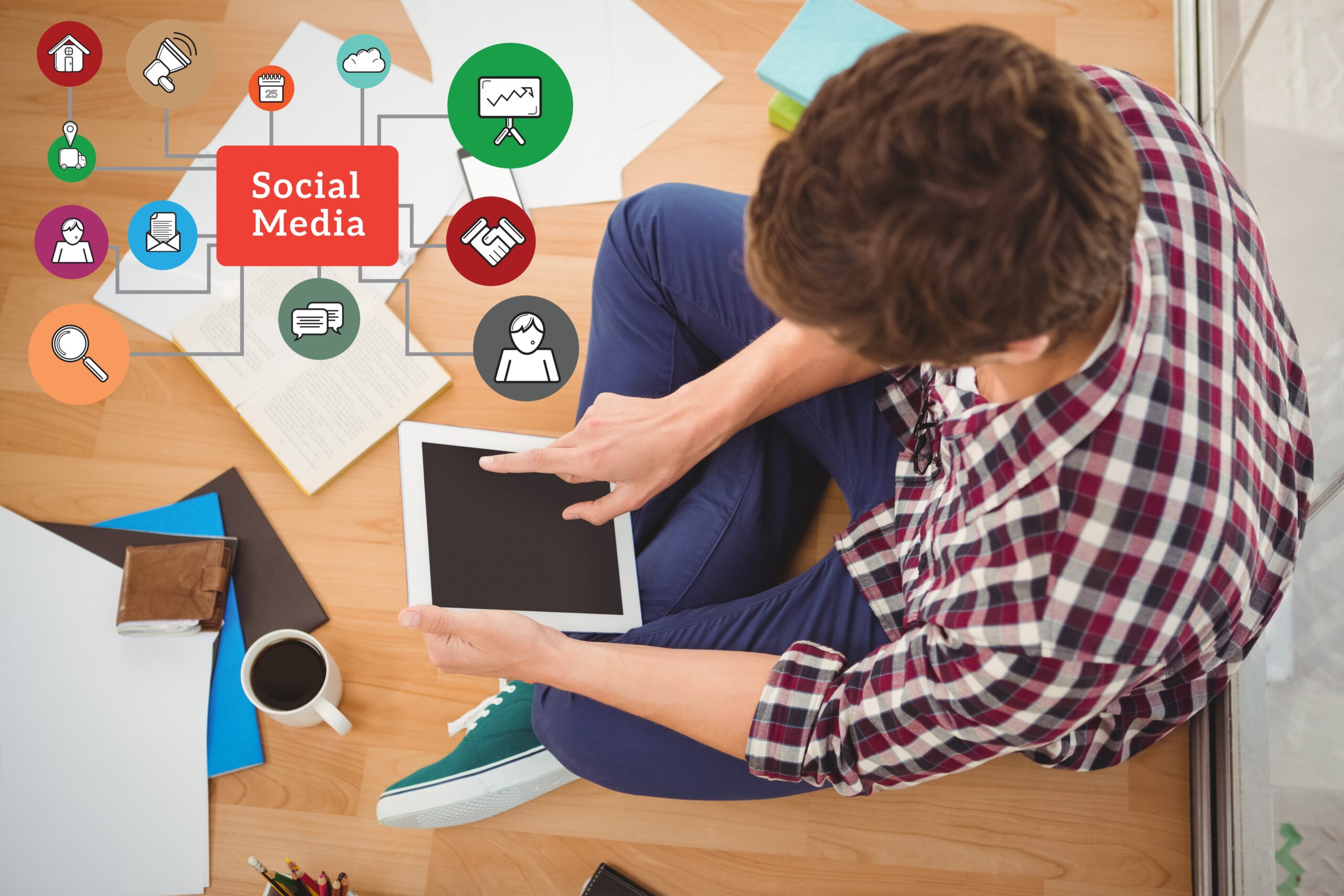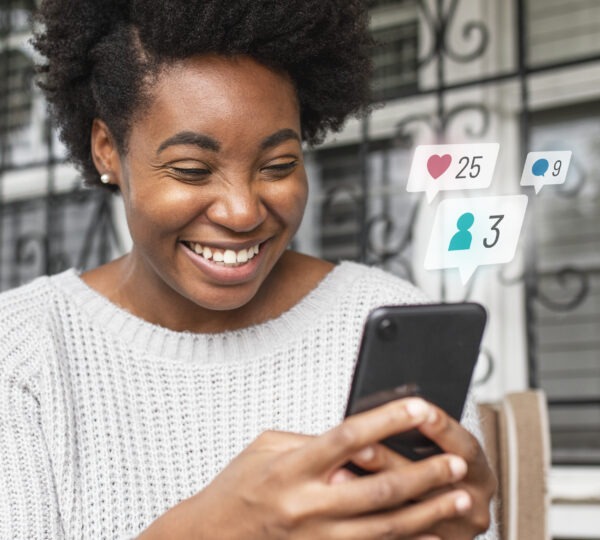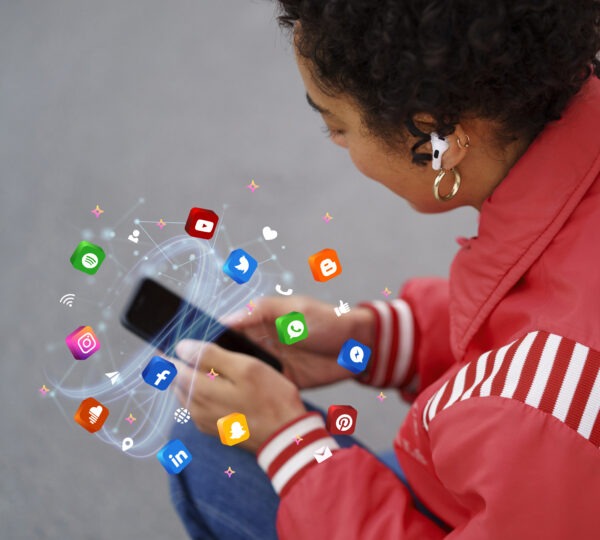
Social media boundary setting guide
Have you ever just wanted to check Instagram for five minutes quickly and then found out it had been an hour? Social media is made for our endless scrolling, liking, and doom-scrolling. The catch, however, is that being on all the time can drain your energy, focus, and even self-worth without you even realizing it.
Months ago, I was twiddling doom probably at 2 in the morning on Twitter, reading about things I had no control over – celebrity drama, world disasters, and threads that began with “This will blow your mind” but never did, to name a few.
The only thing I was going to do on my phone was to set an alarm for the next morning. Nothing else. Somehow, though, I was there, completely awake, and my anxiety was rising, fully knowing that I had to attend a meeting at 9 the next day.
The worst part? I have only liked it. It was like I didn’t even realize I was doing it, like it was only muscle memory.
The very next day, I felt exhausted, grumpy, and – because of the irony – late in all the things I loved the most. That is when it came to me: Social media was not only a time-waster but also an energy hijacker.
I have gone through some small boundary-setting tricks (some of which I will share below), and within a week, I noticed that I have more focus, better sleep, and the online time is no longer followed by the feeling of guilt and tiredness.
Why You (Really) Need Social Media Boundaries
Let’s be honest, social media isn’t going away anytime soon. But here is an interesting fact: The typical individual spends about 2 hours and 31 minutes on social media daily (Datareportal, 2025).
That’s more than 38 whole days annually!
It connects us, but it also makes the line between “online life” and “real life” less distinct. Without clear boundaries, not only have you given your time away, but your mental space, privacy, and sometimes even your peace of mind have been taken too.
Signs You Need to Set Boundaries:
- You get anxious if notifications are not checked.
- You keep doom-scrolling just before going to bed and wake up with a groggy feeling.
- You realize that you are continuously comparing your life to others.
- You feel exhausted after being online.
Expert Insight: Dr. Laura Pendergrass, who is a digital wellbeing coach, maintains that, “Boundaries are not about losing connection with people; they are the issues of gaining more connection to yourself. The areas in the digital world where you have the feeling of being in control rather than being consumed.
Practical Ways to Set Social Media Boundaries (That Actually Work)
So now let’s get into the specifics. How to set boundaries without feeling like a total recluse?
Here are some battle-tested tips you can start today:
1. Define Your “Why” for Being Online
Before you go ahead, establish your limits. It would be wise to answer some questions first.
- What am I using this platform for?
- How has it enriched my life?
- What causes me to continue scrolling without realizing it?
Now, with a clear understanding of that, cutting out scrolling becomes easier.
2. Designate “Scroll-Free” Zones
- The bedroom is a no-phone zone: Charge your phone outside your bedroom.
- Meal times: No devices at the dining table.
- Bathroom scrolling? Nope. Replace it with a magazine or just… be present.
3. Time-Bound Social Media Check-ins
Decide on exact times when you will be accessing social media. For example:
- Morning (10 mins after breakfast)
- Lunch break (15 mins)
- Evening wind-down (20 mins)
Turn on your app timer if you need some help stopping at the set time.
4. Curate Your Feed Ruthlessly
Loosen your grip on the accounts that are not good for you and do not follow them. Follow accounts that educate, inspire, or bring you joy.
5. Turn Off Non-Essential Notifications
You don’t need a buzz every time someone likes your meme. Turn off notifications for likes, random DMs, and app suggestions.
Pro Tip: Phone on grayscale = Less dopamine hit. Try it!
What to Do When FOMO (Fear of Missing Out) Hits
It’s a natural feeling for us to think that we are missing something if we are not constantly online. A comforting fact for you: Most of the things we see online are not as urgent as we think.
When FOMO starts sneaking in:
- Take a break & Breathe: Consider this – “Is this urgent or am I just being attracted by an algorithm?”
- Turn it into JOMO (Joy of Missing Out): Replace that period with something offline that you like – like a walk, reading, or even a short nap.
- Social Media Sabbaths: Go off the grid completely for one day per week.
Expert View: “FOMO is driven by filtering highlight reels,” says digital detox advocate Mark Sheen.
“The less time you spend on the screen, the more you realise that real life is happening outside of the screen – and it’s so much more satisfying.”
Pro Tip: The “Friend Check Rule”
If you wouldn’t answer a call from someone, then there is no need to keep track of their updates. Energy saved.
Conclusion
Social media can do a lot, but it should not be the one controlling you. By establishing easy and purposeful limits, you can still have fun, but at the same time, protect your time, mental health, and relationships.
Boundaries are not fences, but rather, they are like bridges that allow you to be connected on your terms.
References:
- Datareportal. (2025). Digital 2025 Global Overview Report.
- Statista. (2025). Daily Time Spent on Social Media Worldwide.
- Pendergrass, L. (2024). Setting Healthy Digital Boundaries.
- Sheen, M. (2023). The Joy of Missing Out: Reclaiming Your Life from Social Media.
TEDx Talk.












